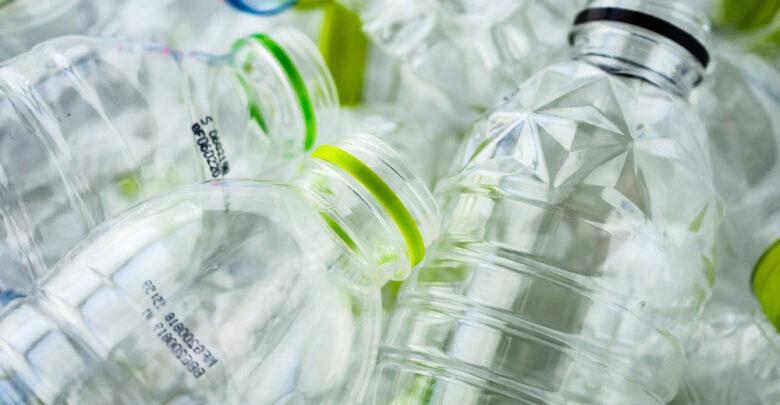Business
Spanish Company Turns End-Of-Life Plastic into Plastic Oil

We have all heard enough about the ‘plastic problem’ to know that there are a lot of people concerned about the amount of plastic we throw into landfills and incinerators. So it’s nice to know that there are also companies trying to address the problem. One such company, a Spanish concern known as Plastic Energy, has come up with a way to turn end-of-life plastic into reusable plastic oil.
It is theoretically possible to recycle every plastic product we make globally. But in reality, the few recycling processes that currently exist do not always yield the best results. Chemical recycling is energy intense while mechanical recycling can reduce the integrity of the end product. But turning end-of-life plastic into reusable plastic oil takes both chemical and mechanical recycling to a whole new level.
End-Of-Life Is the Key
Working with Siemens, Plastic Energy converts end-of-life plastics into a plastic oil that can be put back into the raw material stream to make new plastic products. One of the main benefits of the process is that it produces a recycled oil that has no negative impact on an end product’s consistency or integrity.
The key to making it work is using end-of-life plastics to create the oil. Mechanical and chemical recycling create raw materials that can be combined with virgin plastic in the manufacturing process. But the same material can only be recycled so many times before it no longer has enough integrity to be viable. That is when it becomes end-of-life.
On another front, plastics that are not considered single-use reach end-of-life when they are no longer suitable for their intended purposes. Plastic dunnage trays are a good example, according to Tennessee-based Seraphim Plastics. Seraphim specializes in recycling industrial plastic scrap in seven states.
Already in Use
Plastic Energy says their reusable plastic oil is not just a theoretical product. It is already in use in Europe. According to Medical Plastic News, the company’s oil “has been incorporated into more than ten products and packaging on the European market.” Furthermore, the company has set a goal of recycling five million tons of plastic waste before the end of the decade.
Plastic Energy came up with the recycling process themselves. So where does Siemens fit in? They supplied the automation technology and software required to maintain precise control over the process. By combining Siemens’ technology with Plastic Energy’s process, the two have created yet another way to recycle end-of-life plastics.
Clean and Separated Plastics
At this point, we do not know much about how or from where Plastic Energy sources the waste material they use in their process. However, Seraphim Plastics suggests the company probably follows a model similar to their own. That model involves obtaining plastic waste from a variety of industrial partners.
When Seraphim picks up a load from a customer, it is already clean and separated. That means there are no other plastics mixed in. The load also isn’t contaminated with other substances. What is picked up by Seraphim can go to their facility and right into shredders waiting to reduce it to pellets and flakes.
If Plastic Energy follows the same model, they keep their expenses in check by not having to invest resources in sorting and cleaning. That is a big plus. If you know anything about residential recycling, you know that one of the reasons it tends to be a money loser is the prohibitive cost of sorting and cleaning.
Hopefully the Plastic Energy process catches on. If it does, we will have yet another viable way to recycle end-of-life plastics rather than throwing them in landfills and incinerators.





